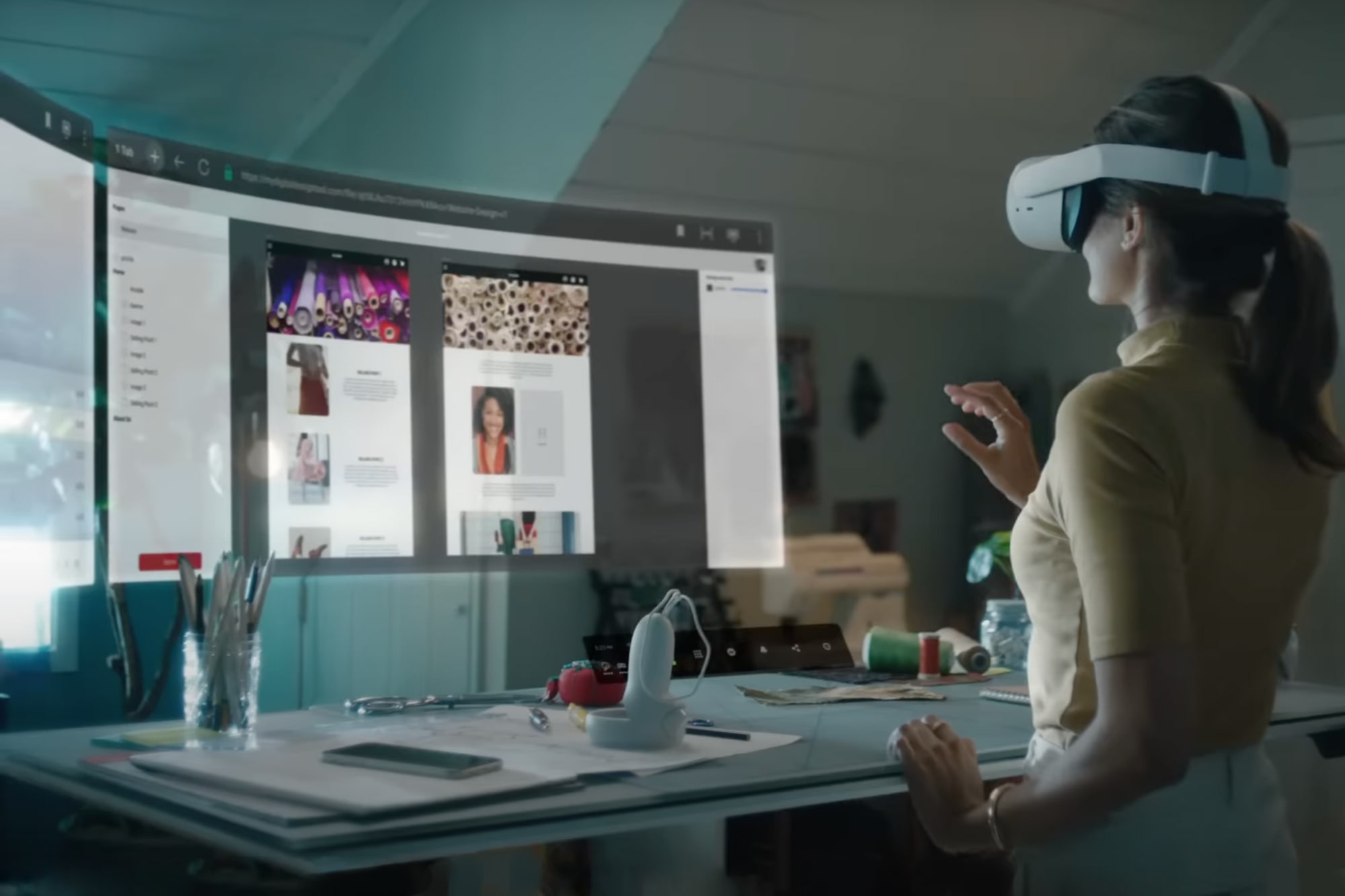
Virtual reality headsets and Zoom are just one example of virtual workspaces. Zoom is not a new technology; Skype is an old, basic and two-dimensional method of communicating.
The webcam interface for face-to-face communication was a technology that was born directly out of the telephone. This was a more basic and two-dimensional communication medium.
Another step towards a more complex and three-dimensional way to communicate is virtual reality. Virtual representations of social reality are becoming more sophisticated in the direction of communication technology for workplaces.
This means that every new advancement in communication technology seeks out to better represent the social lives of humans to us, without actually being physically located in any particular social space. Our physical location is not changing, but our social location is.
New norms must be established before companies can implement new tech.
Technology advances are almost like evolution by natural selection. They are slowly developed and then adopted. Although virtual workspaces are becoming more common, virtual reality is not yet the norm.
Virtual reality as it is now will need to be accepted by the workplace before any technological breakthroughs (beyond existing virtual reality headsets or programs) can be made.
This will include making headsets more affordable and making it easier to use them, as well as emphasizing the benefits they offer for workspace design and user experience.
The use of headsets is a great way to make remote work more enjoyable, productive, and social.
Employers who are keen to adopt virtual reality workspaces need to make workers feel excited about the possibility of a real office experience, without having to ever go to work. While many will find the idea appealing, others may find it too cynical and boring.
If virtual reality headsets are to become more common, it could be an option to allow those who don’t like the idea of VR work or its modifications to their workplace design to have them as an option.
It will be virtual reality’s widespread acceptance and normalization as a workspace, if there is to be a significant change in the design of workspaces.
The future of technology will blur the boundaries between virtual and physical reality
Potentially, the peaks of technological advancement don’t exist. If they do, then we are nowhere near them.
The workplace design will be transformed by new technological advances. However, it is difficult to predict what they will look like based on the timeframe in which we think about such advances.
Elon Musk, for example, believes that a Neuralink brainchip will eliminate the need to use language to communicate — similar to communicating using expressions and not words — in our lifetimes.
Musk believes this will happen within five to ten year. There are many opinions on the matter in the cognitive science and computer science domains. Extreme claims such as “the end of language is upon us,” need to be taken with caution.
This skepticism must also include any assumption that virtual reality workspaces are going to become the norm. It isn’t clear if it will be as popular as Zoom.
It is now certain that VR workspaces are being implemented by increasing numbers of companies, and that more workers are using them.
This post was written by Tara Kintz. Tara is a director at Signature Workspace which is a Shared office space Tampa. Signature Workspace, owned and operated by Cantor Fund Management, offers services and amenities such as private offices, flex space, co-working space, virtual offices, meeting/conference rooms, and more.



